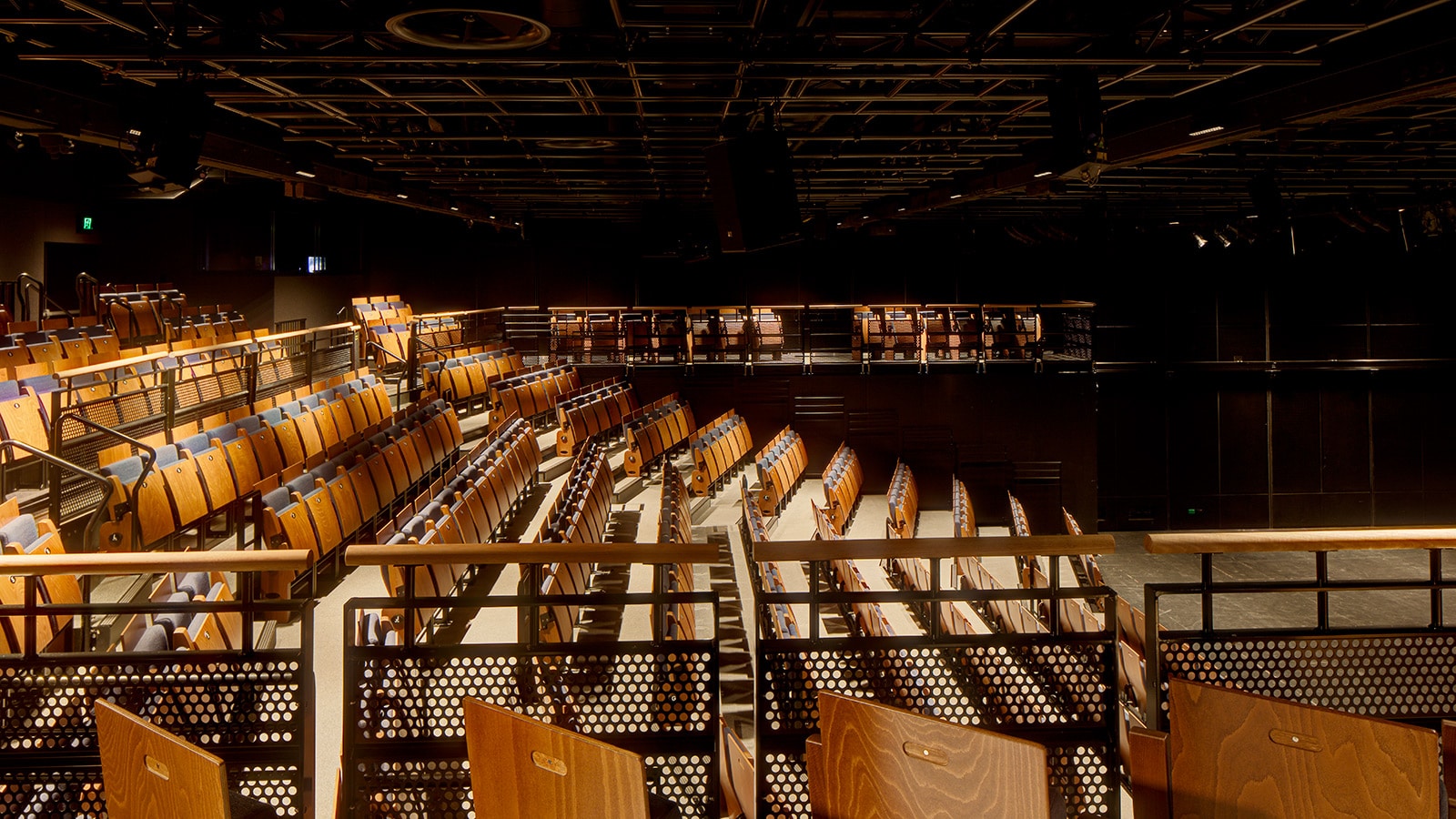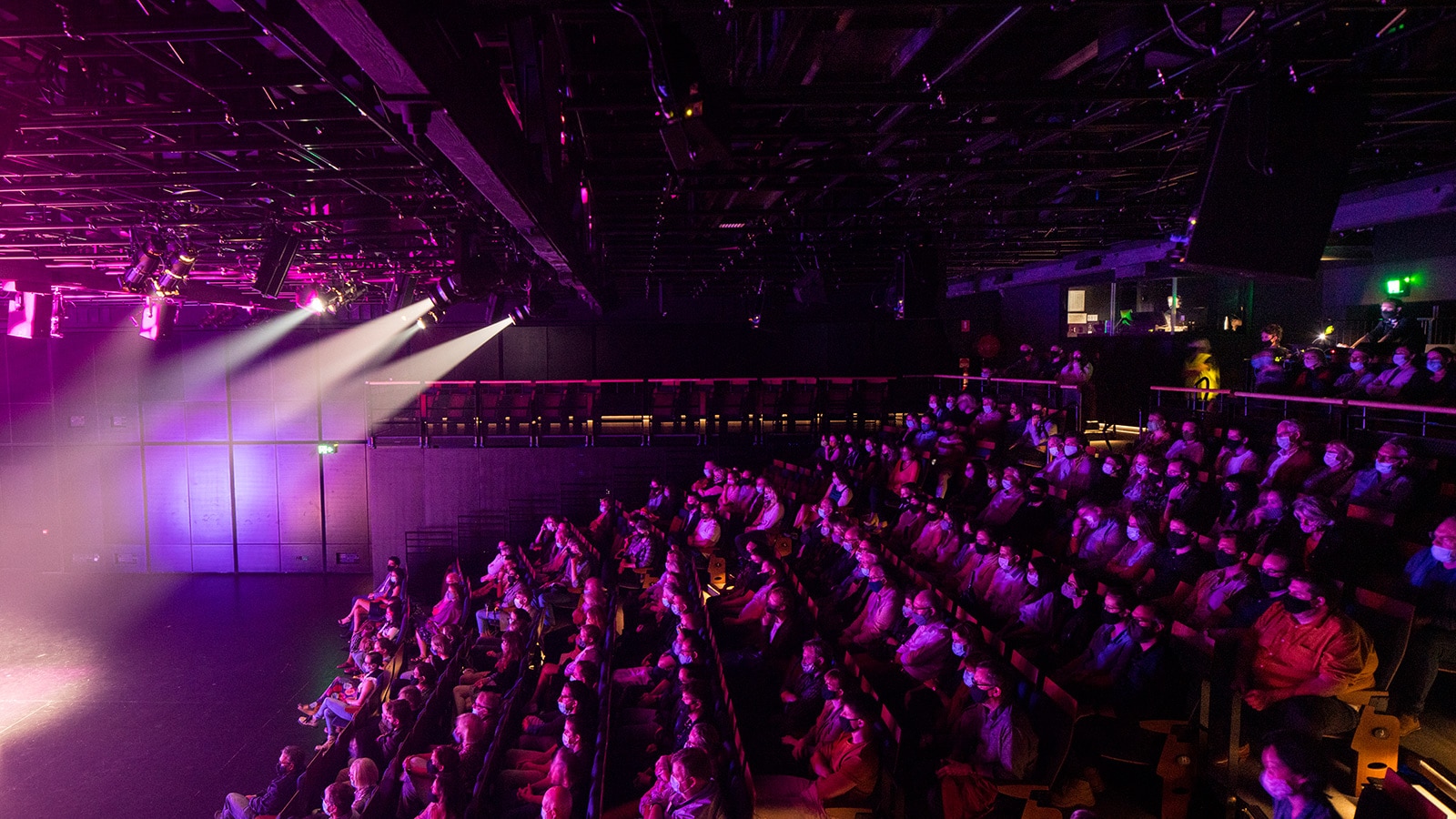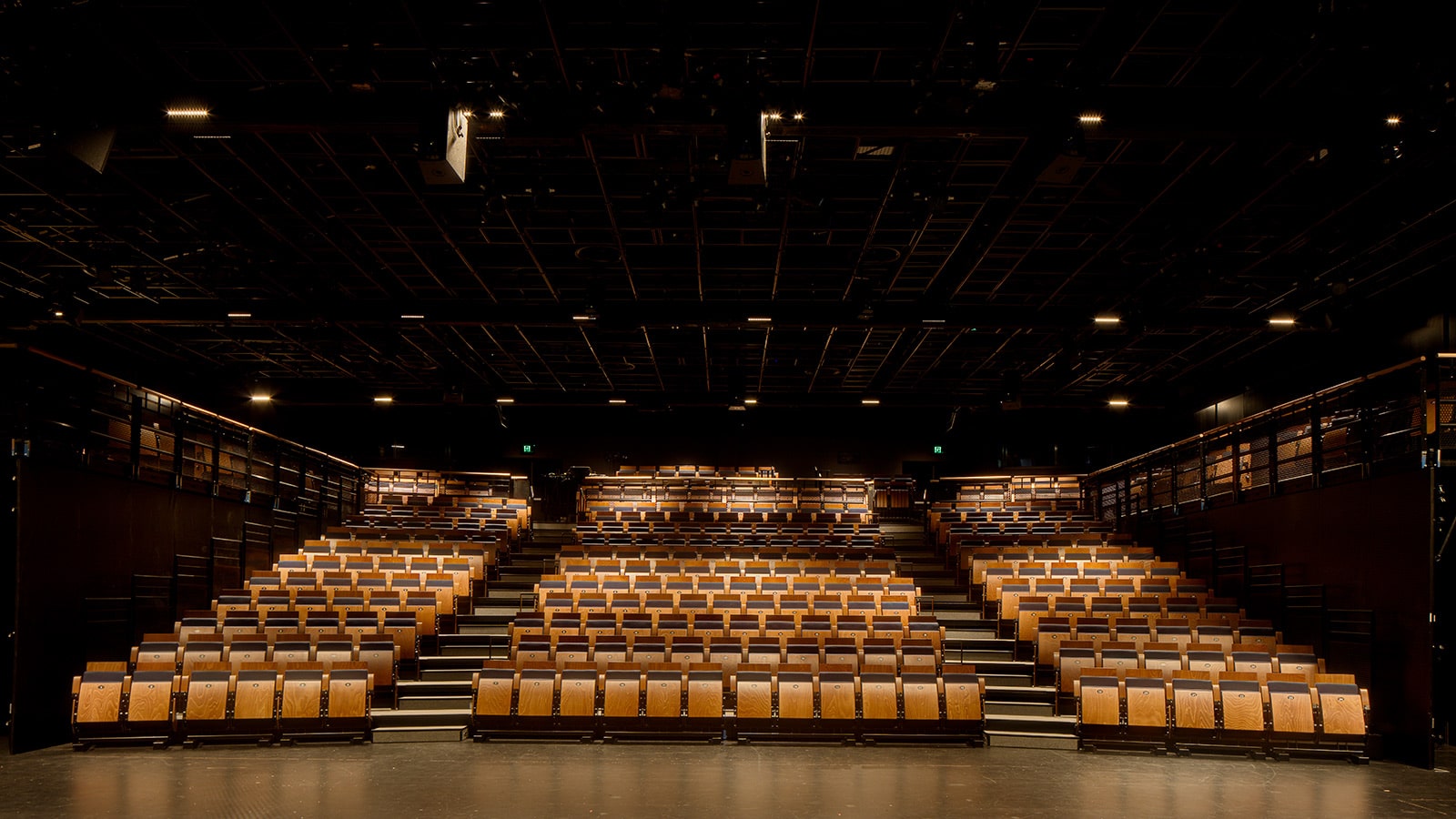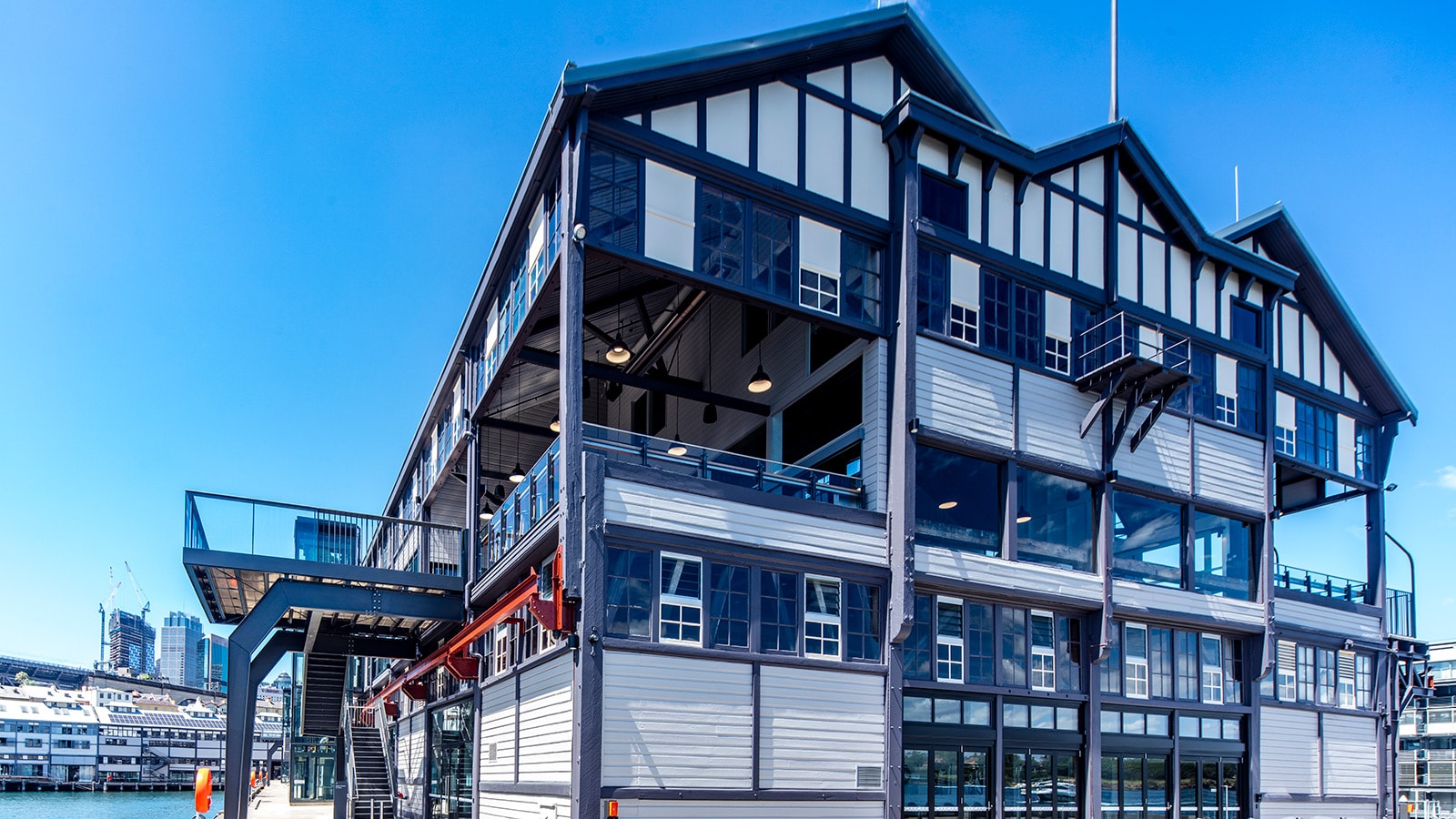It’s exciting to have a new system that is one coherent palette and have it backed by outstanding support. Some companies will sell you the boxes and then you are on your own, but that is absolutely not the case with Meyer Sound. The ongoing support, especially regarding additional configuration setups, has been outstanding.”
Ben LightowlersSound & Video Manager, Sydney Theatre Company
Sydney Theatre Company (STC) has reopened its home venue, The Wharf, at Walsh Bay in Sydney, Australia following a two-year closure for a total renovation. A highlight of the complete technical upgrade was the installation of 32 new Meyer Sound loudspeakers, largely drawn from the company’s new ULTRA-X series.
The system was designed by Bob McCarthy and Josh Dorn-Fehrmann to implement Spacemap Go, Meyer Sound’s new tool for spatial sound design and live mixing. When it opened in late February, STC’s production of Playing Beatie Bow became one of the world’s first theatrical productions to use dynamic spatial effects provided by the new technology based on the GALAXY 816 Network Platform utilizing Milan and a new iPad user interface.
For the theatre’s Sound & Video Manager Ben Lightowlers, selection of the right solution was critical, so the venue chose to retain complete control of the PA budget, from specification all the way through to installation. The system renewal was a logical extension of a decades-long relationship with Meyer Sound.
“We did explore options from other manufacturers,” he says, “but over the years we’ve been happy with the UPJ and UPM loudspeakers, which we could easily integrate into the new systems. More importantly, we were very impressed with the new ULTRA-X loudspeakers. They are excellent for vocal clarity, which is paramount as the dialogue must be out front. But they are also exceptional for music.”
The flexibility and scalability of Spacemap Go enable the system to be easily reconfigured to accommodate the 420-seat Wharf 1 Theatre’s different seating configurations, including end-on, L-shape and in-the-round as well as sound effect source locations specific to a particular production. Systems were supplied by Soundcorp, a Diversified Company. In any configuration, sound designers can easily leverage the spatial sound potentials of Spacemap Go.
“When Spacemap Go came along during this renewal project, it was exciting to have that added dimension,” says Lightowlers. “I’m responsible for assuring our sound designers have access to a system that will afford them full creative potential. You don’t want them to think too much about the system itself, so they can focus on their art and what they want to communicate with sound. The fact that you can control Spacemap Go from QLab via OSC made the Meyer Sound solution an easy sell.”
David Bergman, the sound designer for Playing Beatie Bow, was the first to leverage the power of the new technology, allocating up to 20 outputs from QLab as direct objects for Spacemap Go.
“The composer, Clemence Williams, and I have been loving the way we can run various trajectories throughout the show,” he says. “Some trajectories are doing slow circles around the audience while some randomly zig-zag. It’s been great to move around sounds like wind, reverbs, and solo instruments that otherwise would be static. I love how democratic it makes the show. No one misses out and every show will feel slightly different, even from the same seat!”
Spacemap Go was introduced only after Bergman’s sound design already was well underway, but going forward he expects to rethink dynamic sound possibilities from the outset. “We have just started exploring the capabilities. The next time I would love to build more specific spacemaps and trajectories, with more intricate recalls from QLab,” he says.
For the theatre’s Ben Lightowlers, the debut performance of the new system was a promising sign. “It’s exciting to have a new system that is one coherent palette and have it backed by outstanding support. Some companies will sell you the boxes and then you are on your own, but that is absolutely not the case with Meyer Sound. The ongoing support, especially regarding additional configuration setups, has been outstanding.”




